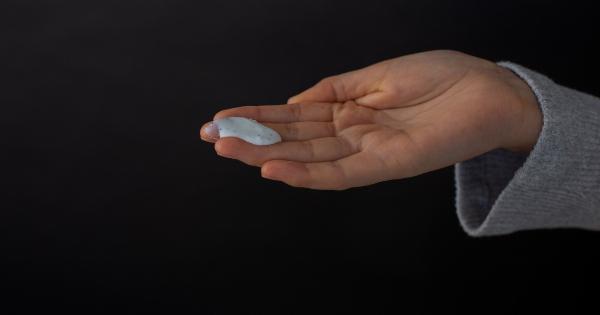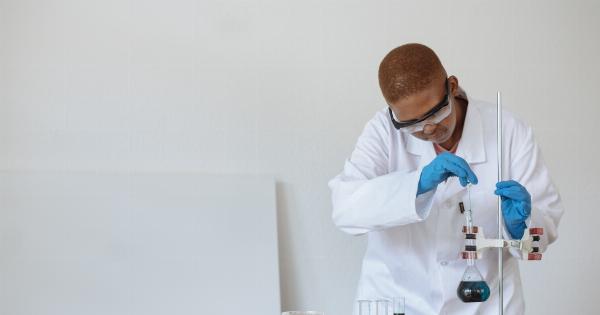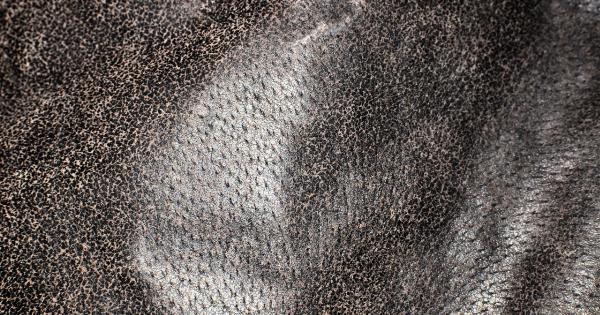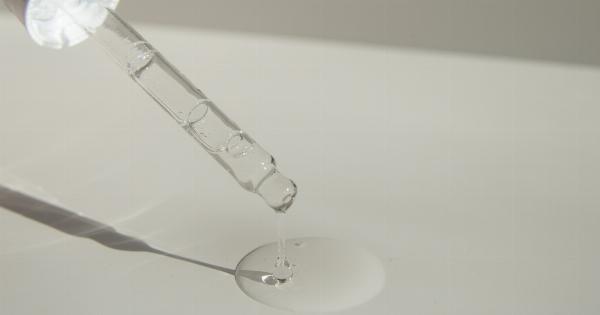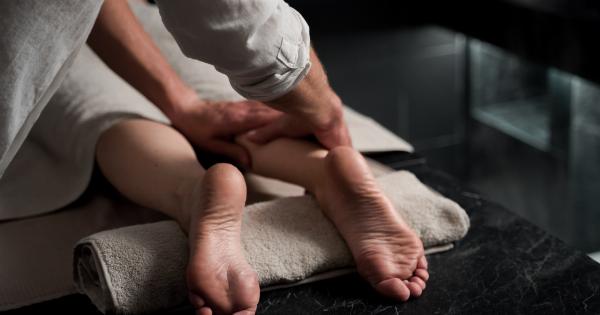Wounds and injuries are a part of life, but the scarring that can result from them doesn’t have to be permanent. There are several steps you can take to minimize scarring and promote faster healing.
Whether you have a small cut, a surgical incision, or a more significant injury, following these tips can help reduce the appearance of scars and improve your overall healing process.
Keep the wound clean
One of the most important steps in minimizing scarring is to keep the wound clean. Use mild soap and warm water to gently cleanse the area around the wound. Avoid scrubbing too hard, as this can cause further damage to the skin.
Rinse the wound thoroughly and pat it dry with a clean towel.
Apply an antibacterial ointment
After cleaning the wound, apply a thin layer of antibacterial ointment to help prevent infection. This step is particularly important for deeper wounds or cuts that are in an area prone to contamination.
The ointment acts as a barrier and promotes healing.
Cover the wound
Keeping the wound covered can protect it from bacteria and other contaminants. Use a sterile adhesive bandage or gauze pad to cover the wound. Change the dressing regularly to prevent the growth of bacteria.
Be cautious not to use adhesive bandages that are too tight, as they can restrict blood flow and slow down the healing process.
Avoid picking at scabs
When a wound starts to heal, it will develop a scab. It can be tempting to pick at the scab, but this should be avoided at all costs. Picking at a scab can delay healing and increase the risk of scarring.
It is best to let the scab fall off naturally, as this indicates that the wound is healing underneath.
Use silicone gel or sheets
Silicone gel or sheets have been shown to be effective in minimizing scars. They can help hydrate and soften the scar tissue, reducing its visibility over time. Apply a thin layer of silicone gel or place a silicone sheet over the healed wound.
This can be particularly beneficial for more prominent scars or surgical incisions.
Avoid exposing the wound to the sun
UV rays from the sun can cause scars to darken and become more noticeable. Protect the healing wound from sun exposure by covering it with clothing or applying a broad-spectrum sunscreen with a high SPF.
This precautionary measure can help prevent hyperpigmentation and make scars less prominent.
Massage the scar
Gentle massaging of the scar tissue can help break up collagen fibers and improve blood flow to the area. Use a circular motion with your fingertips or try using a silicone brush for added benefits.
Massaging the scar for a few minutes each day can gradually reduce its appearance.
Consider laser therapy
For more stubborn or severe scars, laser therapy can be an effective option. Lasers can target and break down scar tissue, stimulating the production of new collagen and improving the texture and appearance of the scar.
Consult with a dermatologist or plastic surgeon to determine if laser therapy is suitable for your specific scar.
Keep the wound hydrated
Proper hydration is essential for wound healing. Drink plenty of water and apply a good-quality moisturizer to the healing wound. Hydrated skin is more pliable and less prone to scarring.
Look for moisturizers that contain ingredients such as aloe vera, vitamin E, or shea butter, as they have soothing and healing properties.
Manage your stress
Chronic stress can slow down the healing process and lead to more noticeable scars. Find healthy ways to manage stress, such as practicing yoga, meditation, or engaging in hobbies you enjoy.
Taking care of your mental well-being can positively impact your physical healing and help reduce scarring.
Avoid smoking
Smoking can impair blood circulation and reduce oxygen levels in the blood, which can hinder the healing process. It can also contribute to the formation of more prominent scars.
Quitting smoking or avoiding it altogether can significantly improve wound healing and minimize scarring.














